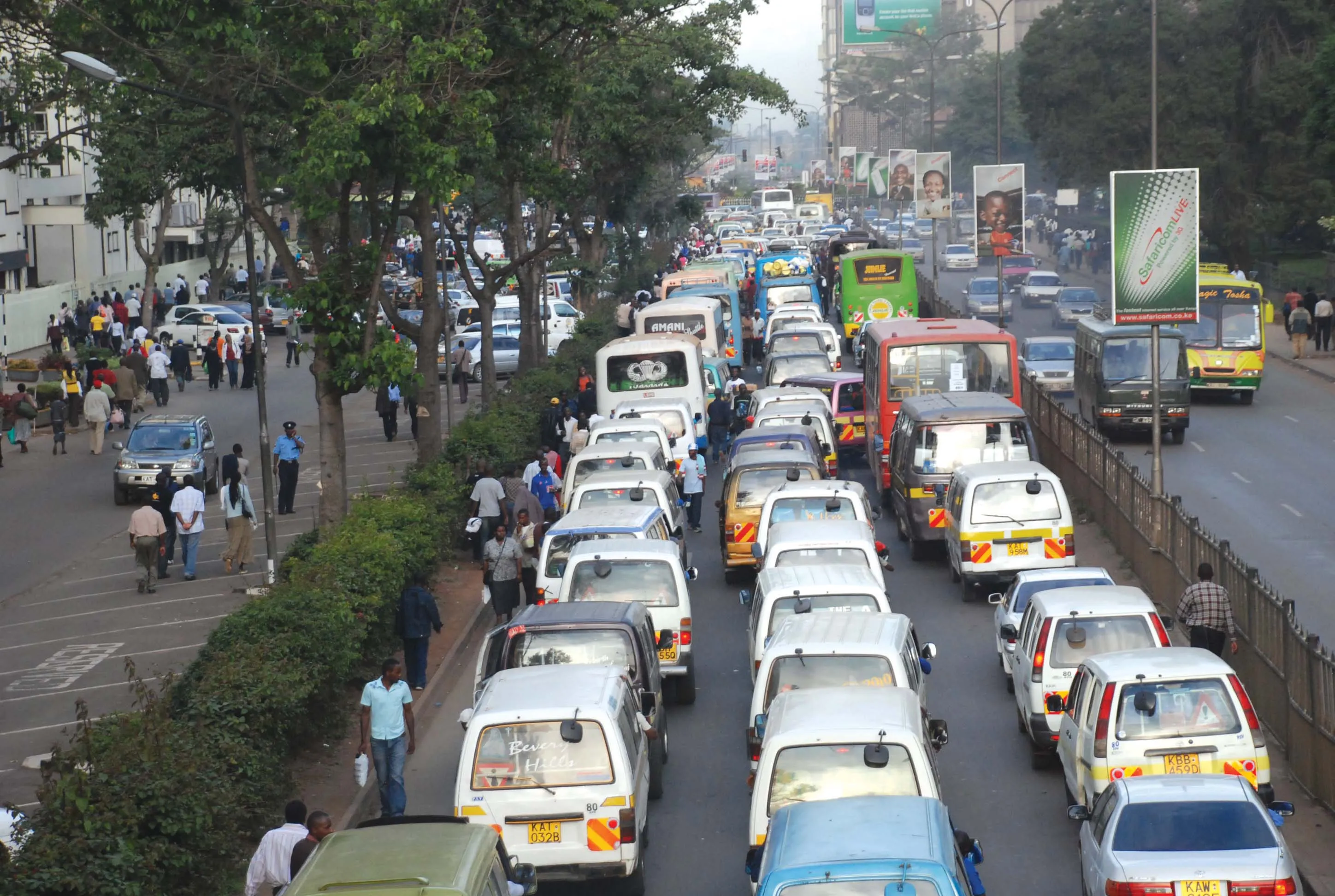A driver in Kiev used a rather unusual technique to avoid a traffic jam. The driver reversed at high speed for several hundred metres along a busy dual carriageway, despite oncoming traffic. Almost miraculously, other vehicles managed to avoid crashing into the car. Once the vehicle reached an intersection, the driver was able to turn around and head off in another direction. This driving technique is not recommended.
Also in Kiev, a driver had a lucky escape when he crashed his car. The man was speeding
October 5, 2016
Read time: 2 mins
A driver in Kiev used a rather unusual technique to avoid a traffic jam. The driver reversed at high speed for several hundred metres along a busy dual carriageway, despite oncoming traffic. Almost miraculously, other vehicles managed to avoid crashing into the car. Once the vehicle reached an intersection, the driver was able to turn around and head off in another direction. This driving technique is not recommended.
Also in Kiev, a driver had a lucky escape when he crashed his car. The man was speeding along the city’s streets when he lost control on the wet road surface. The car smashed into a lamp post and the driver was flung from the vehicle, as dashcam footage from another car showed. The driver then got back onto his feet and walked back to his wrecked car, unharmed by the impact.
Also in Kiev, a driver had a lucky escape when he crashed his car. The man was speeding along the city’s streets when he lost control on the wet road surface. The car smashed into a lamp post and the driver was flung from the vehicle, as dashcam footage from another car showed. The driver then got back onto his feet and walked back to his wrecked car, unharmed by the impact.







